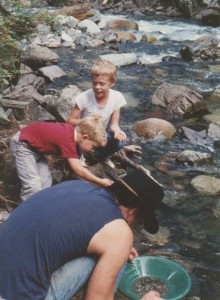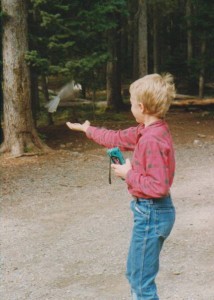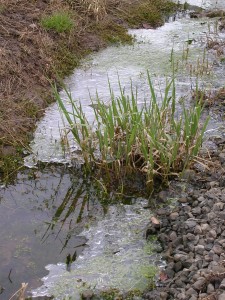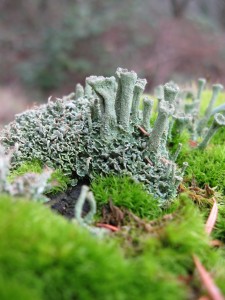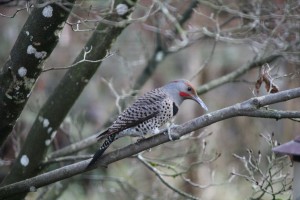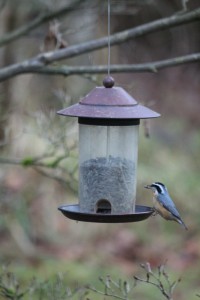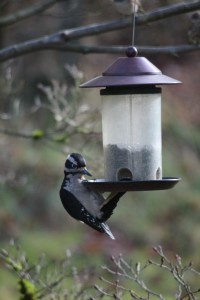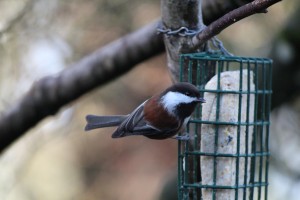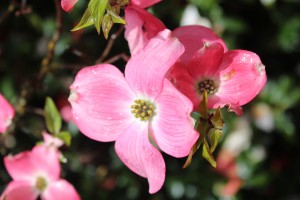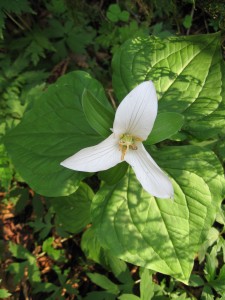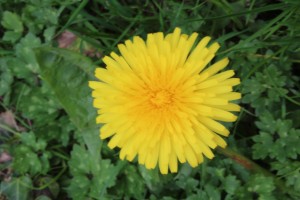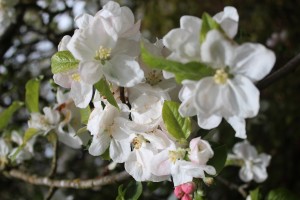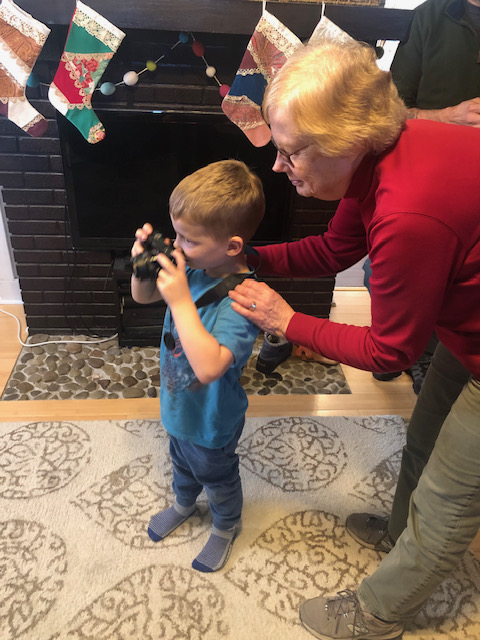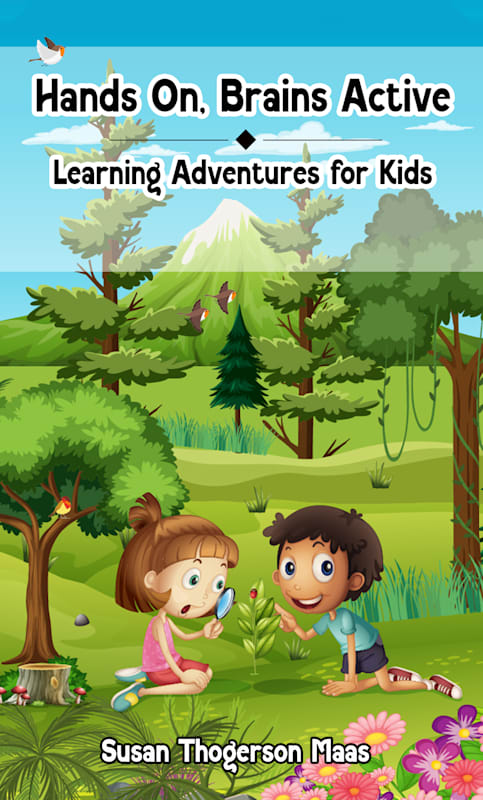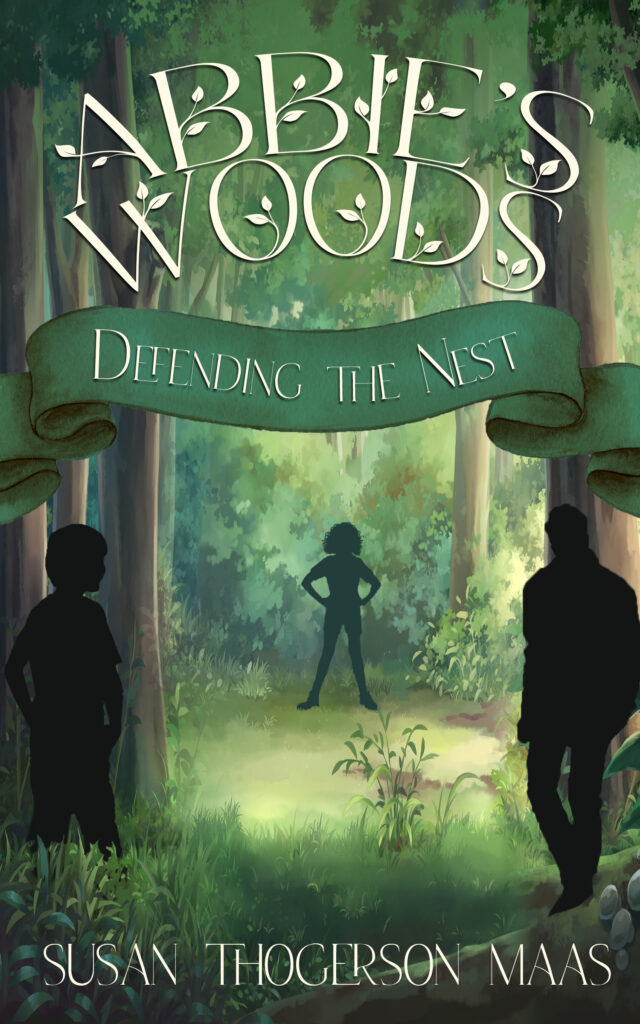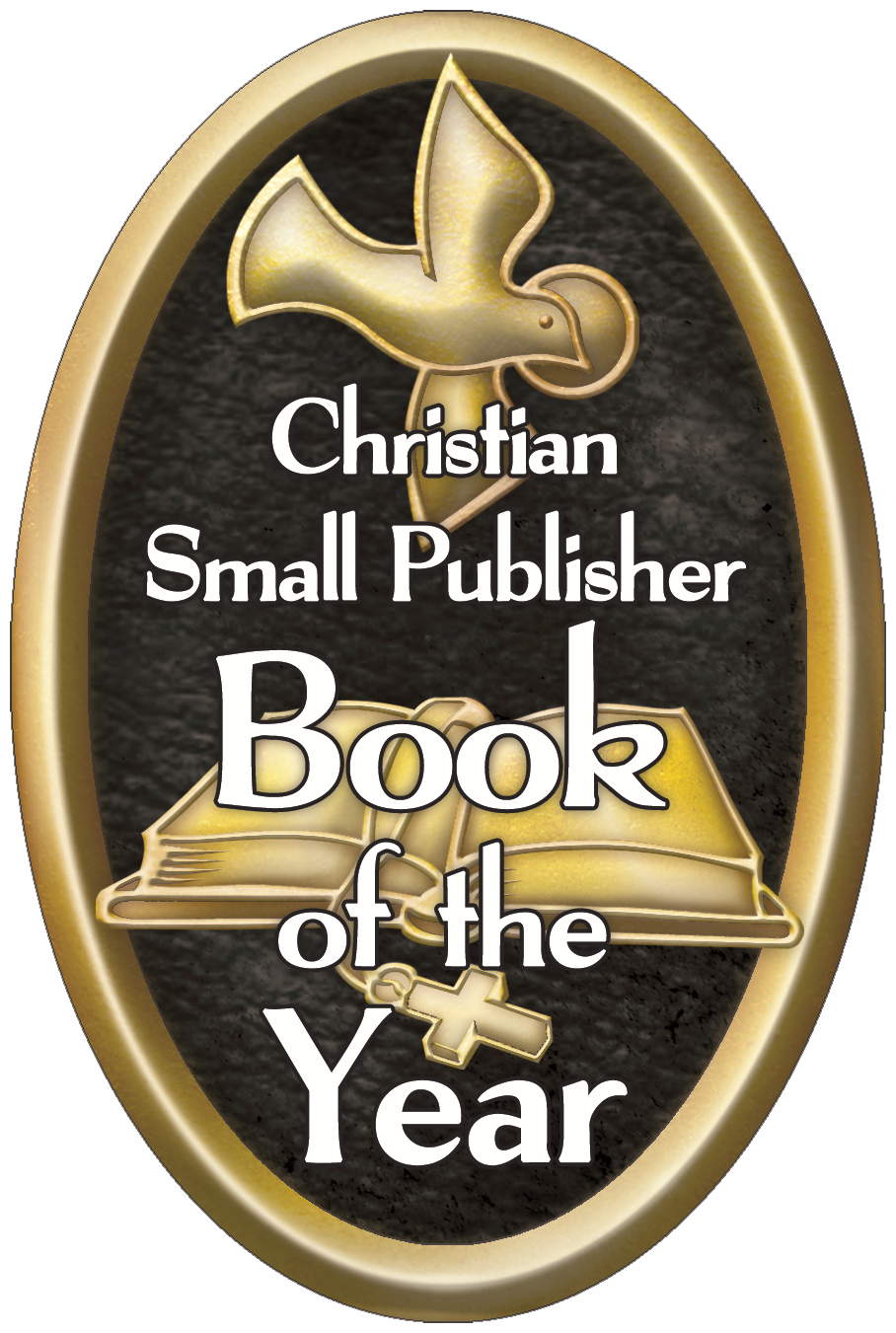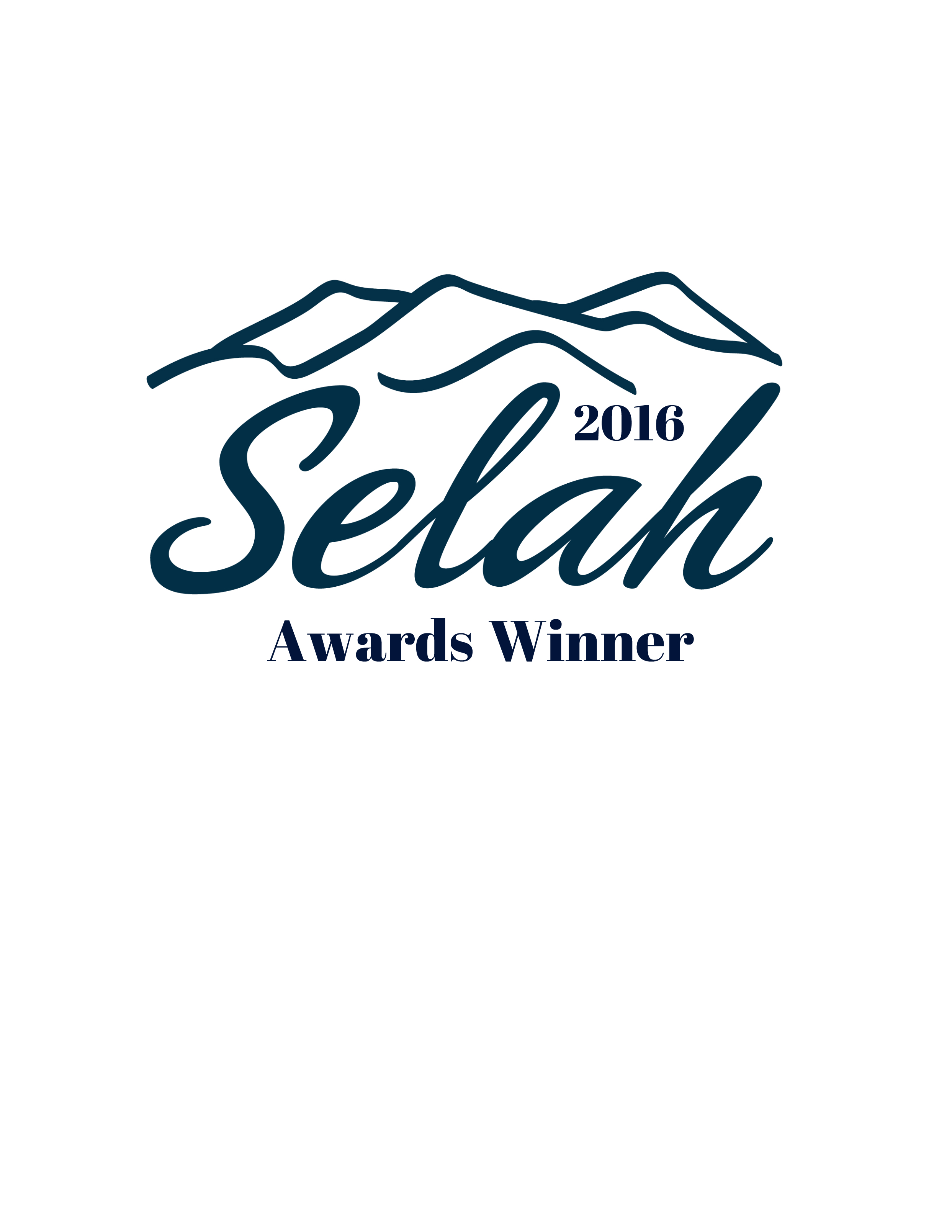Contents:
Intro to Natural Learning
1. Collecting Flowers
2. Types of Clouds
3. Great Backyard Bird Count 2022
4. Christmas for the Birds
5. What My 7-year-old Grandson is Reading
6. Reading and Writing Fun
7. New Year’s Search: Looking for New Life
8. Rain, Snow, Sleet: Making a Rain Gauge
9. Great Backyard Bird Count 2021
10. Dissecting Flowers and Flower Crafts
11. Preserving Autumn Leaves: Making a Press
12. Meteor Showers: When to See Them
13. Learning with a Camera: Ideas for Kids
14. Sock Puppets and a “Magazine”
15. Exploring Water
Intro to Natural Learning
Homeschooling offers a freedom to explore unmatched by other learning methods. And what better place to explore than in the world of nature just outside our door? But you don’t have to homeschool to take part in fun, learning activities. Summers, weekends, and after school can be a time to explore and learn, as well. Many of these activities are nature-based, but others are great indoor activities.
Natural learning involves all the senses and can make use of all learning styles. Students can see the wonder of a spider weaving a web, hear the geese calling overhead as they migrate, feel the texture of a fern leaf, compare the smells of different flowers in the garden, and taste a cherry tomato or blueberry or even the tartness of wild oxalis.
Children can learn by drawing or writing about what they observe, or by taking photographs or making sun prints. They can take apart flowers, experiment with maple or dandelion seeds to see how far they can travel, and learn to recognize birds by their songs. The ever-changing kaleidoscope of the seasons provides something new every day.
As I homeschooled my boys, now grown, I tried to make learning an adventure, and I found that moving our studies outside always added excitement. One year, in fact, we spent the whole year learning science through the things we found in our own backyard–as well as in the skies above it. We studied weather, soil and rocks, plants, animals of all sorts–including microscopic, and ecology. While based on science, this study also brought in language arts, math, map skills, arts and crafts, social studies, and even Bible. We found other fun activities that did not involve nature, but were still natural forms of learning.
Are your children getting a little bored with learning? Do you find them losing interest their enthusiasm for school activities? Wouldn’t it be nice if kids could learn naturally while having fun? Well, it is certainly possible and not even difficult to do. Read on for a few suggestions that can enhance your children’s education without requiring a lot of extra work on your part. Because learning should be fun for children and parents!
Enjoy the fun of natural learning.
1. Collecting Flowers
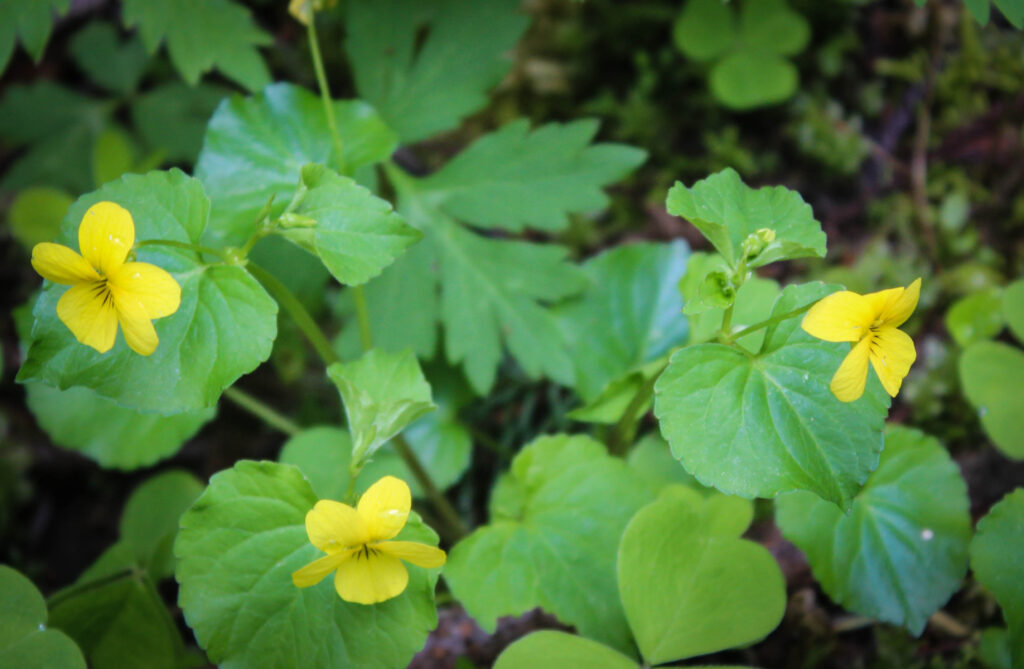
In high school biology class, we had to make a wildflower collection. I enjoyed finding different species, pressing them, and taping them into my notebook. However, it probably wasn’t the best thing, environmentally speaking. For kids—and adults—who want to collect flowers, I would suggest using a camera. A book could be made by printing out the pictures, gluing them one to a page, and adding the common and scientific names along with notes about where each one was found and such. Or use an online photo book site, such as Picaboo or Shutterfly where you can upload photos from your phone or computer, assemble the book online, and then print it.
My favorite free app for identifying flowers is Picture This. You take a photo of the plant using the app, and it can usually identify it quite quickly, providing info on different names, best growing conditions, and other interesting facts. Which brings me to another way to collect wildflowers.
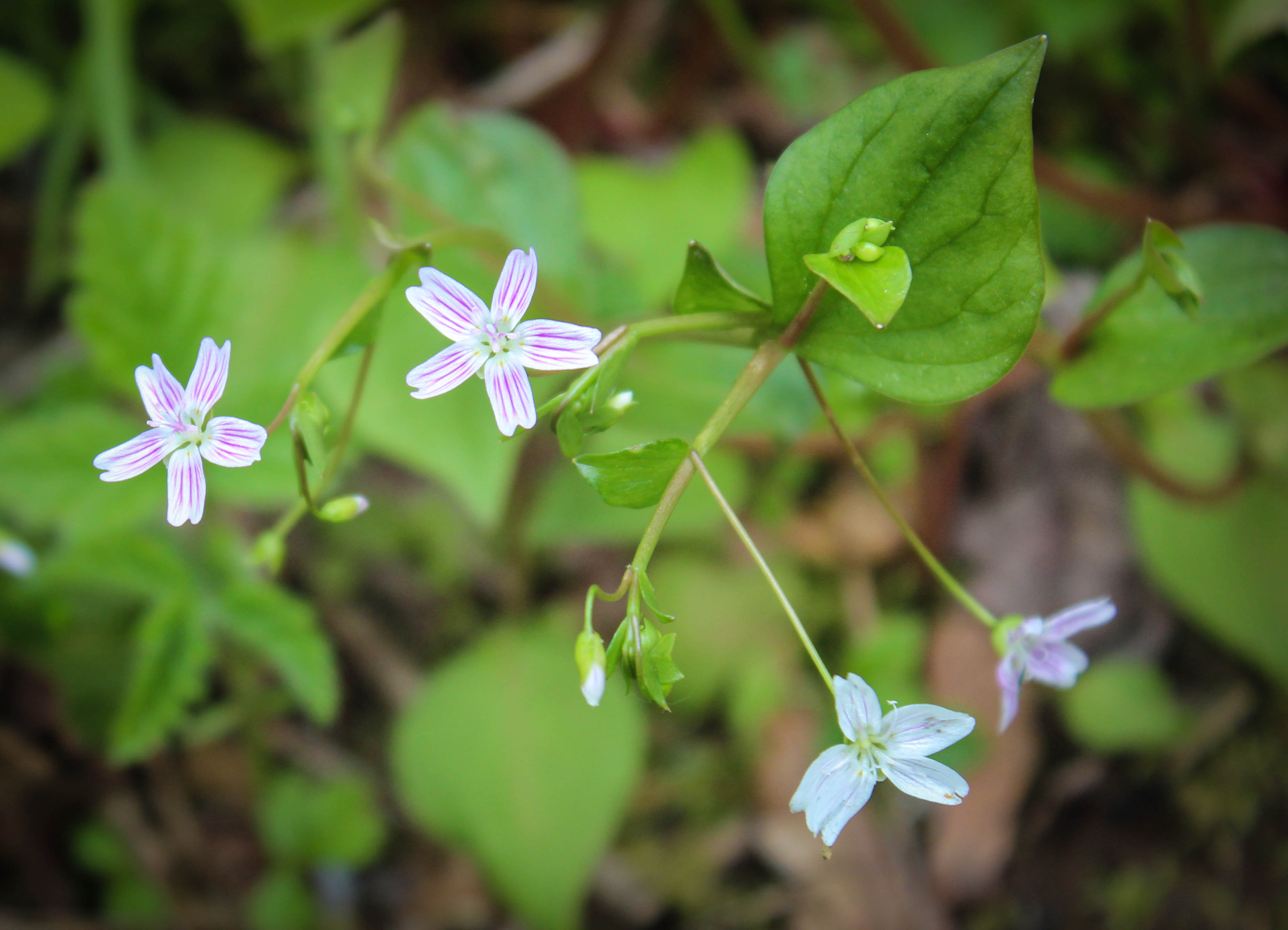
How about adding a few wildflowers to your garden? This could be a great family activity. Of course, you can’t go digging up wild plants just anywhere, but you can get a permit to collect a small number of plants—so long as they are common ones—in the National Forests. Or you could visit a friend who lives in the country or check the local nursery, as some of them will carry native plants. Because these plants are natural to your area, they are likely to grow well and with minimal care. I have transplanted a few flowers from our woods to an area near the house with good success.
Even if you don’t care to collect flowers, you can still enjoy their beauty and be thankful for the color they add to the world.
2. Types of Clouds
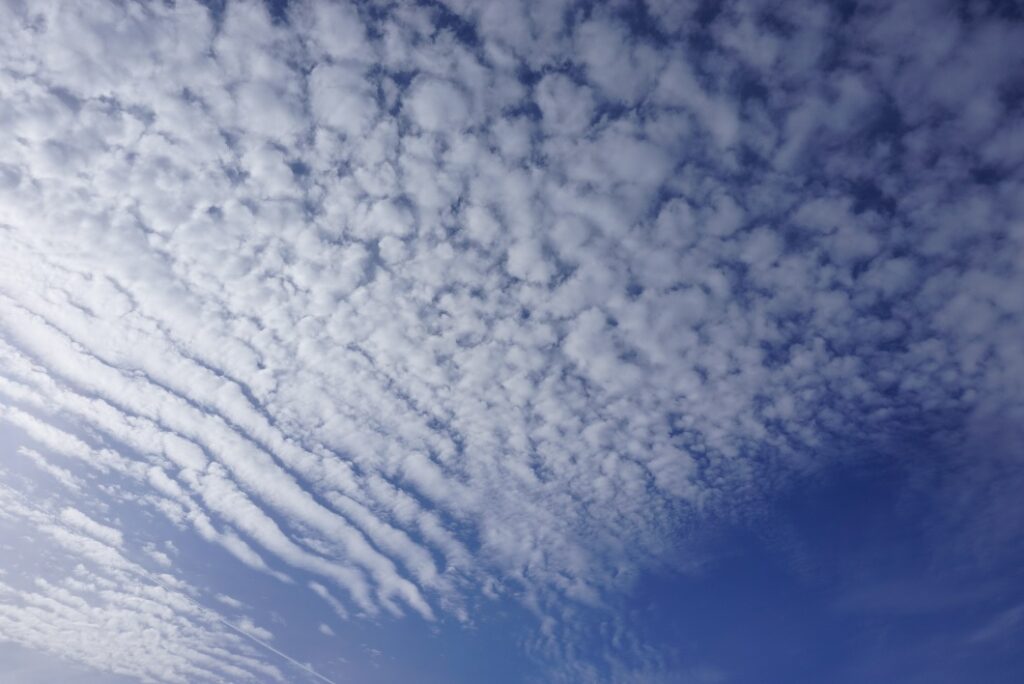
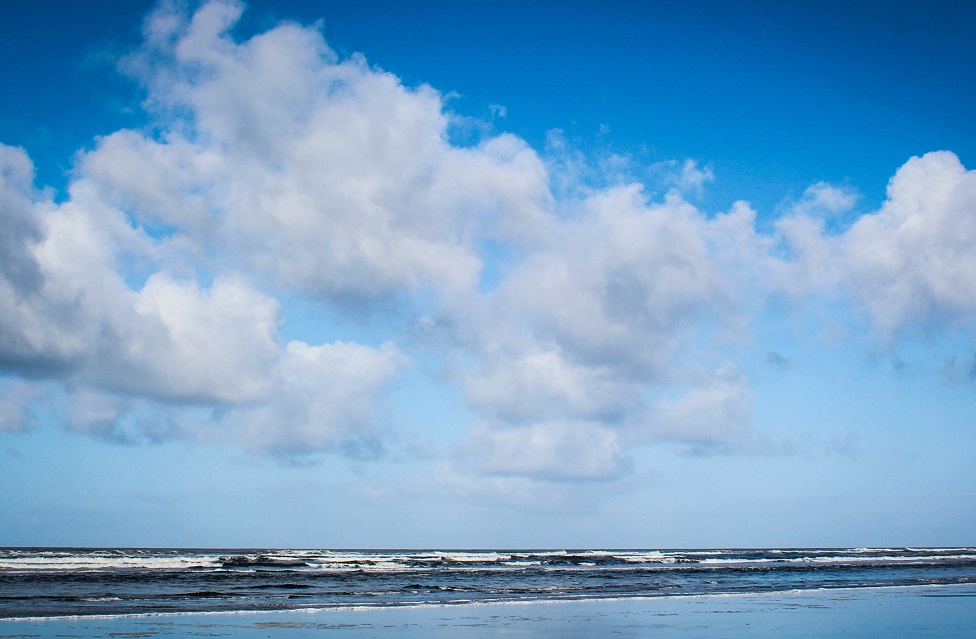
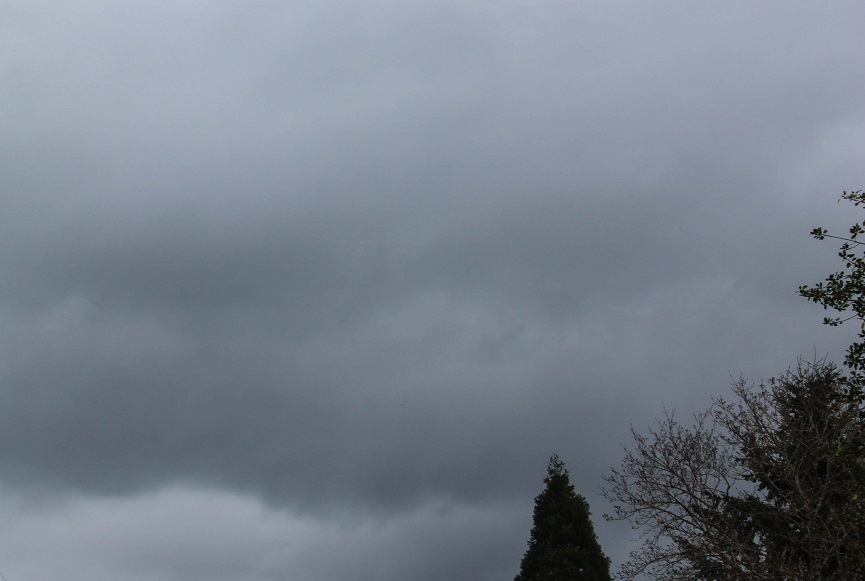
As kids, most of us probably lay on our backs looking at the clouds and imagining shapes in them. That can be a fun thing to do with kids or grandkids. We might also want to move beyond that to learn about cloud types and what they mean. It can be fun to use clouds to predict weather. (or TRY to predict weather. Weather is notoriously fickle.) Kids will enjoy learning about clouds in a natural way.
Try making a chart for the month and writing down what kind of clouds—if any—you see that day. Predict the next day’s weather and see if you are right. The SciJinks website will teach you the types of clouds and what weather they tend to predict. https://scijinks.gov/clouds/
Basically, cumulus clouds are good weather clouds, cirrus clouds predict a change, and nimbus clouds mean rain or snow. But each type of cloud has many variations.
Clouds also make great art projects. Take photographs of clouds—I love to do that myself. Draw different types of clouds. You might use white paint or crayons on black or blue paper to make it more realistic. And, of course, you can always glue cotton balls onto construction paper to represent those fluffy cumulus clouds.
3. Great Backyard Bird Count! 2022
Every winter I look forward to the Great Backyard Bird Count (GBBC). And this is its 25th anniversary, to be held February 18-21. GBBC is a fun four days of counting birds. While I would like to participate in the Christmas Count one of these years, GBBC is much easier. No need to venture out in the cold and rain unless you want to. You can count birds from your living room window—or any other window. Involve the whole family—everyone can work together, or you can hold a contest to see who sees the greatest number of species.
After the four days of counting, you can explore the site to discover which birds were most common, where different birds were found, and how the numbers have changed over the past 25 years. You can also browse all the neat photos posted on the site. Great fun for anyone who enjoys birds–and a fun way to learn about nature.

Preparing for the Count
So how can you prepare for the count? First, check out the materials on the GBBC website. https://www.birdcount.org/ A webinar will be held February 16 to help you. https://cornell.zoom.us/webinar/register/WN_k_–YvA0QHan7yXRlMLvKA This page tells you how to participate and offers a free bird identification app: https://www.birdcount.org/participate/
Be sure to return to the website after the event (or use their app) to record the birds you see.
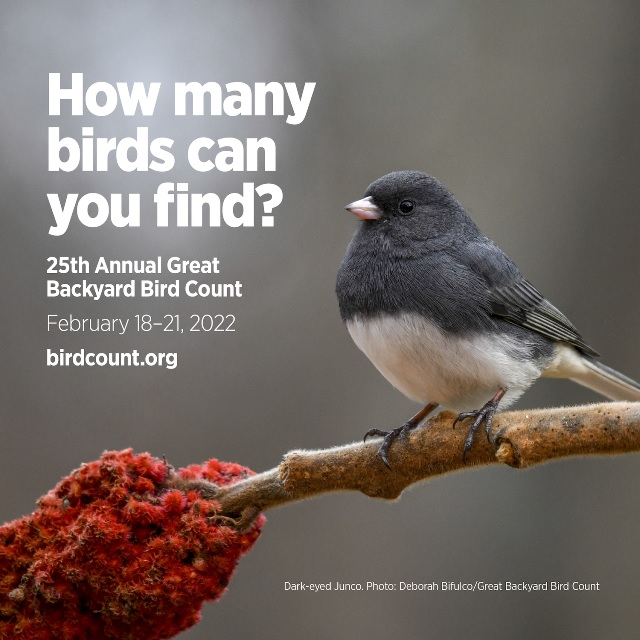
Other Ways to Prepare
- Put out bird feeders or clean the ones you have. Dirty feeders can spread disease.
- Buy extra bird seed. Get a good variety, because different birds like different types of food. Black oil sunflower seeds are popular with many birds. Jays love peanuts (and so do squirrels, but you won’t be counting them). Nyjer (thistle) is preferred by many finches, but may require a special feeder.
- Put out a suet feeder. Suet is enjoyed by woodpeckers and many other birds—and suet feeders are quite inexpensive.
- If you have a hummingbird feeder, mix sugar water at a ratio of ¼ cup sugar to 1 cup water. No need to add food coloring. Hummingbirds don’t care.
- Fruit may attract different species that seed, so you might give it a try. Meal worms are another possibility, but I’ve never tried them.
- Be sure to put out food on a regular basis in the few weeks before the GBBC. Once birds recognize your feeders as a reliable food source, they will come more often. (And don’t stop feeding right after the Count. Keep going at least until spring comes with more available natural food sources.
- Buy or check out one or two bird identification books and spend some time looking through them. Find a list of common birds in your area, if possible, so you will know what to expect.
4. Christmas for the Birds
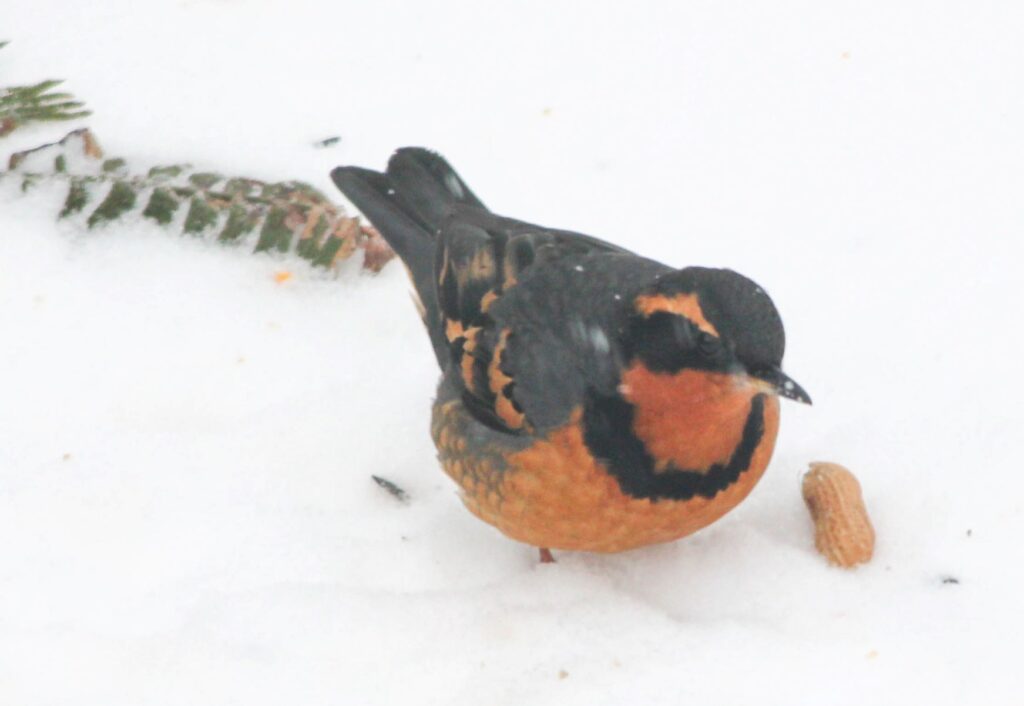
A fun activity for families is to decorate a tree for the birds. You can choose a tree outside your house and decorate it with edible bird treats. Another method is to recycle your Christmas tree—assuming it’s not artificial—into a tree for the birds. After you remove the ornaments and lights, leave the tree in its stand and set it out in the yard. Some edible decorations include:
- Strings of popcorn, unsweetened cereal such as Cheerios, or whole peanuts in the shell
- Strings of dried fruit or fresh fruit pieces
- Pinecones covered with a peanut butter and birdseed mixture
- Oranges cut in half and hung with ornament hangers
- Whole apples or pears or other fruit
- Suet balls or cakes, perhaps made into holiday shapes
To make this into a learning activity, keep a bird identification book handy, along with a clipboard or notebook. Keep a log of what birds are seen on and around the tree, when they are seen, and what they eat. Note especially the types of beaks each bird has and see how that relates to the foods they seem to prefer.
To learn more about making a Christmas tree for the birds, visit https://www.thespruce.com/decorate-a-christmas-tree-for-the-birds-386538 .
5. What My 7-year-old Grandson is Reading
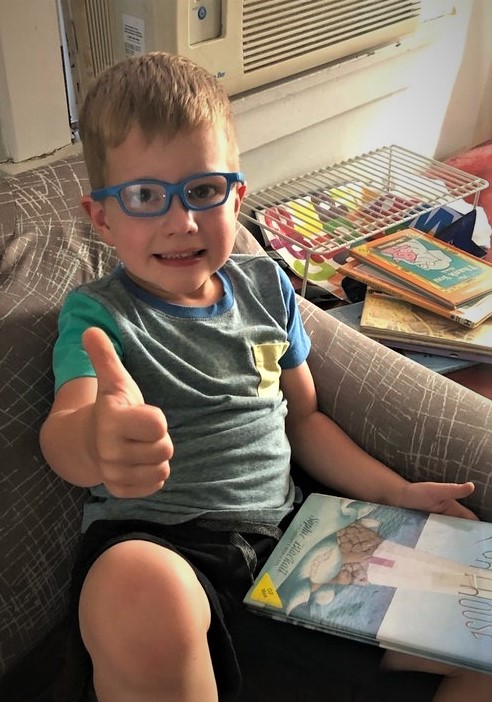
My older grandson finished first grade and is now a reader. When we finally visited, he preferred reading to us, rather than us reading to him. So what books does a seven-year-old like? Here are a few books from his current list:
Mo Willems Books
Mo Willems: the Elephant and Piggie books. These are great for a beginning reader with only a few words on each page, great illustrations, and a big dose of humor. Some of his favorites:
- There is a Bird on Your Head
- Can I Play, Too?
- Elephants Cannot Dance!
Mo Willems: the Pigeon books (also adored by his younger brother), including:
- Don’t Let the Pigeon Drive the Bus! (the original Pigeon book)
- The Pigeon Wants a Puppy!
- The Pigeon Needs a Bath!
Other Books
Dav Pilkey: the Dog Man books. Our grandson only has one of these so far, but loves it and will likely be getting more in the series. Dog Man is a police officer who still acts like a dog—chewing on bones, chasing balls, distracted by squirrels… Chapter books for young readers—funny and creative.
First Animal Encyclopedia: A First Reference Guide to the Animals of the World (DK First Reference): a little harder than the other books, but with tons of great photographs and interesting facts about animals. A great book for an animal lover.
6. Reading and Writing Fun
Want to encourage early elementary kids to read and write? Here’s an idea that worked well for our family. At night after the boys were asleep, I would write each of them a note and slip it under their bedroom door. For the beginning reader, it might be as simple as “Mat sat. Mat sat on cat. No, Mat, no. Don’t sit on cat.” (a Dr. Seuss/Bob Books combo) For the older child, I might do jokes or riddles. Or even mazes, scrambled words, or other kinds of puzzles.
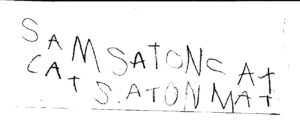
Our older son enjoyed something called a hinky pinky, which is a riddle with a rhyming answer. A true hinky pinky has two syllables in each word. If each word is one syllable, it’s a hink pink. If each word has three syllables, it’s a hinkety pinkey. I might write a hink pink such as “What do you call a reptile that isn’t real?” On the other side would be the answer: “A fake snake.” Or a hinky pinky: “What do you get when you jump into a cold stream? A river shiver.”
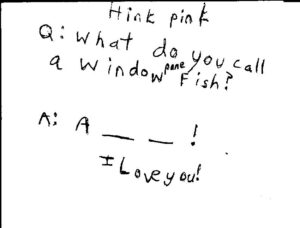
My boys loved getting these notes. Before long they were making up their own. I would often find a note about “Mat” or a hinky pinky riddle left for me. So they were practicing writing and thinking skills, as well as reading. And we all had a great time with it! I saved several of the notes they left me to remember those days.
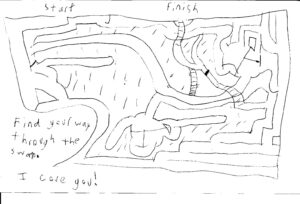
What kind of notes could you leave your children? If you are a grandparent and far away, those notes might be sent as text messages or even by mail. Get creative and enjoy!
7. New Year’s Search: Looking for New Life
As the new year begins and we get back to schooling after Christmas break, it’s time to go outside and see what’s new. In many places, winter weather is not the best, and we may tend to hole up inside with books and our computer, venturing out only when necessary. However, nature’s cycle continues through the winter. (Sorry for the northern hemisphere bias. This activity would work in the southern hemisphere, as well, although what you find might be quite different.) So grab a clipboard or notebook, a pencil, and perhaps a camera, and go on a New Year’s Search.
What’s new?
The object of this search is to find things that are “new.” This might mean new growth, which can be found even this early in some climate zones. Looking out the window, I can see catkins on the hazelnut tree and buds beginning to form on the winter jasmine. Perhaps there are mushrooms in the woods or fungi on an old tree stump. Make a list, draw what you see, and perhaps take photographs that could be pasted into a notebook or added to a computer-written report.
New might also mean something you haven’t seen before. Different birds show up in the winter. I saw my first varied thrush of the season yesterday, along with a pair of hairy woodpeckers that I had never noticed before. So look for different species of birds at the feeder or in the bushes and trees. Again, write down what you see—either the name of the bird or a description, if you don’t know the name. (Be sure to look it up in a bird book or online when you go inside. Useful sites include http://www.whatbird.com/ and http://www.allaboutbirds.org/guide/search/ac. )
You might also see different insects, if you look closely and perhaps dig under a rock or two. Or perhaps you will notice a tiny plant that never caught your attention when the yard was full of blooming flowers and leafy bushes. Students should take notes and share their discoveries with the rest of the family.
Comparing Notes
When you finish and retreat indoors, students should compare their lists and notes. Who saw the most new things? What did one person notice that someone else did not? And what can you learn about life in the wintertime from your observations? Keep your observations in a special nature notebook or file. Continue to observe from time to time, as the seasons continue their cycle.
8. Rain, Snow, Sleet: Making a Rain Gauge
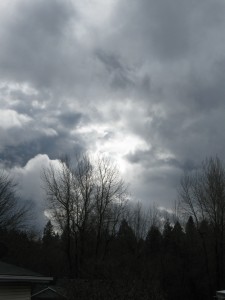
This time of year in the Northern Hemisphere, precipitation gets a lot of press. Whether it is flooding in Texas, snowstorms in the East, or the dreaded black ice, meteorologists will be talking about various forms of water. So perhaps this is a good time to make a rain gauge and do some water studies.
Rain Gauge
Materials needed: clear glass beaker or other straight-sided clear container, (or jelly jar and funnel: See below.), permanent marker, ruler
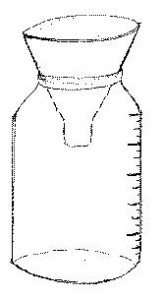
A rain gauge is simple to make; all you need is a container and a way to measure the rain it gathers. If you have a straight-sided clear container, simply use a ruler and permanent marker to calibrate the outside of the jar. Make it as accurate as possible, by marking measurements down to at least ¼ of an inch. If you don’t have a beaker or other straight-sided container, you may use a jelly jar or other jar, if you can add a funnel whose top width is equal to that of the bottom of the jar.
If you are measuring snow, you will need a beaker or straight-sided container, as snow will just block up the funnel.
Using Your Rain Gauge
To use the rain gauge, place the container in an open area, but one where it will not be disturbed by people or animals. Take measurements at about the same time each day. Be sure to empty the gauge after writing down the data.
Watch the local news, or read the weather section in the paper. How closely do your rainfall figures match the official statistics? If they differ, could there be a reason besides reader error? Are parts of your city or county wetter than other parts? What might cause that?
Keep records for a month—or even the entire year. How does rainfall vary over time? Which month is the wettest? Which is the driest? Look up long-term records, perhaps through the National Weather Service. Does one month always have the most precipitation, or does it vary?
Connect with another family in a different part of the country, and convince them to make a rain gauge. Compare data. How do the two areas differ? What might be the reasons for the differences?
Resources:
http://www.nws.noaa.gov/ (National Weather Service)
http://oceanservice.noaa.gov/education/for_fun/BuildyourownWeatherStation.pdf (Make 6 weather instruments)
And, if you’d like to investigate water more: http://www.homeschooling-ideas.com/water-experiments.html (short and easy water activities for homeschoolers)
http://www.mcwa.com/MyWater/KidsWaterFun.aspx (activities, questions, and information about water)
9. Great Backyard Bird Count 2021
Coming soon to a backyard near you: the Great Backyard Bird Count! While there are several different bird counts during the year, this is my personal favorite, because you can invest as much, or as little, time as you like, and you can do it from the comfort of your home—providing you can see your bird feeders from the window.
The Great Backyard Bird Count takes place for four days every February. See http://www.birdsource.org/gbbc/ for information. The site itself is a treasure, with links to tons of bird photos from previous years, online bird guides, and even a special page with activities for kids. Be sure to visit ahead of time to learn about birds in your area or just have fun looking around.
Preparing for the Count
You may want to do some preparation with your children before participating. Perhaps you can look at pictures of common birds in your area and check out some bird books, including identification guides, from the library. You may want to stock up on birdseed and suet and hang up a couple of feeders. You could even make your own feeders! Hang them up a few days ahead of time for best results. It may take birds a little time to discover them.
You need to register at the site, but there is no charge for taking part in the Great Backyard Bird Count. In fact, those who submit lists are even entered into a drawing for prizes. You can download bird checklists for your state or region. Then you count the number of each bird species that you see each day for four days—or for just one or two days, if that’s all you have time for. You can bird watch in your yard or neighborhood, or you can simply count the birds you see at and around your feeders. It’s a very flexible program. All they ask is that you watch for at least 15 minutes. Later you return to the website and record what you have seen.
After the Count
In 2011 over 92,000 checklists were turned in, and 596 species identified. After the count ends, you can compare your checklists with others gathered in the area, or learn about changes observed over the years. In addition, you can enjoy this year’s new batch of photos, or upload some of your own, as prizes are given for those judged to be the best. (See website for information on photo contest rules.)
The Great Backyard Bird Count is a great way to learn more about birds and perhaps spark an interest in your children that could last for a lifetime. I was in third grade when a teacher introduced me to the amazing world of birds, and I’ve loved them ever since, so you never know!
A few resources:
http://www.allaboutbirds.org/Page.aspx?pid=1189 (information and pictures of North American birds from the Cornell Lab of Ornithology)
http://dnr.wi.gov/org/caer/ce/eek/earth/recycle/rbirds.htm (some bird feeders you can make)
http://www3.northern.edu/natsource/DAKOTA1/Birdfe1.htm (more homemade feeders along with information on which seeds different birds like)
http://www.rubythroat.org/FeedingHintsMain.html (all about feeding hummingbirds)
http://www.audubon.org/ (National Audubon Society)
http://www.homeadvisor.com/r/birdwatching-guide/ (Home Advisor Birdwatching Guide: Thank you, Sara, for this link.)
10. Dissecting Flowers and Flower Crafts
Spring is a great time to study flowers, since they are blooming all around us. Collect several different types for a hands-on investigation. Do not collect rare flowers or those, like trilliums, that take several years to recover when picked. Carefully take flowers apart, and use a magnifying glass to examine the different parts of the flower. Students could draw diagrams of these flowers. labeling the parts, including petals, sepals, pistil, stamen, and ovary. Compare several types of flowers to see how they differ, while still having the same basic parts.
A flower which has sepals, petals, stamens, and pistil(s) is called a complete flower. An incomplete flower is missing at least one of those parts. Some trees—and other plants—have separate male and female flowers. These flowers are incomplete because they are missing either an ovary or a pistil. For example, some fruit varieties bear female and male flowers on separate trees. Both types must be present in order to produce fruit. Other flowers may be missing petals. Decide whether the flowers you collected are complete or incomplete. Examples of complete flowers are magnolia, plum, snapdragon, and dandelion. Examples of incomplete flowers include maple, oak, and willow.
Making Bookmarks or Cards with Flowers
Materials needed:
- preserved flowers
- cards or card stock or thin cardboard
- markers or pens
- glitter or sequins if desired
- clear contact paper
- thin cording for bookmark tassel, if desired
Preserved flowers may be used to make pretty bookmarks or to decorate the front of cards. Preserve the flowers with a flower press or by pressing them between the pages of a thick book, which you then place under a rock or heavy object for several days. Be sure to place plain white paper on each side of the flower to prevent stains on the pages.
Use a blank card—or heavy paper made into a card—and simply place flowers in a pleasing design. Add any words or additional design elements desired. (perhaps drawings, glitter, or sequins) Then cut a piece of clear contact paper to fit and press it down over the flowers. For a bookmark, use card stock or poster board cut to the desired size, and complete in the same way. If you wish, a hole could be punched at the top of the bookmark, and a tassel or cord added.
These projects can make nice gifts for grandparents or other family and friends.
11. Preserving Autumn Leaves: Making a Press
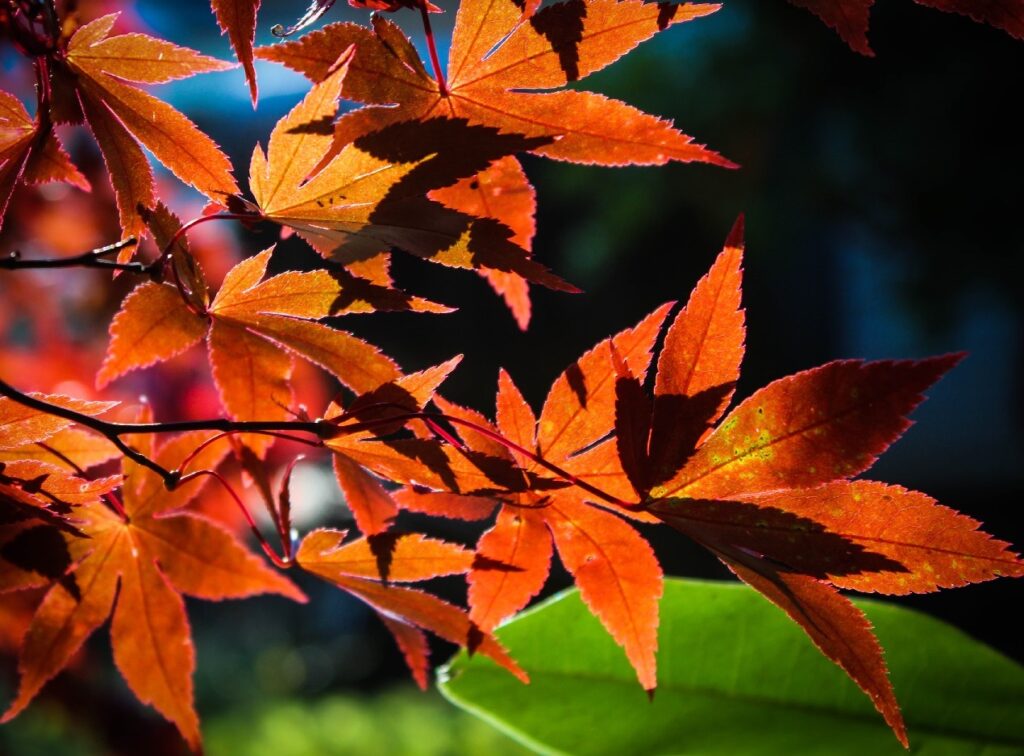
Autumn leaves come in so many bright colors and shapes. They can be used to study different kinds of trees or for art projects. Laminate or cover with clear packing tape to make book marks. Press between two sheets of wax paper to make “stained glass” windows.
How about preserving some leaves for future projects? You can use old, unwanted books (perhaps phone books) for this. Slip the leaves between pages and put the book under something heavy to press the moisture out of the leaves. Or put leaves between folded sheets of newspaper, place on a flat surface such as a wooden floor, and pile heavy books on top.
Another alternative is to make a flower/leaf press. We made simple presses that were quite effective. For this press, you will need:
- Two pieces of plywood, about 10” by 10”. Exact size is not important, as long as they are the same.
- A drill to make holes in the wood
- Pencil for marking
- Four long screws—about 4” long
- Washers and wing nuts to fit on the ends of the screws
Drill holes near the four corners of one piece of plywood. Make the holes just big enough that the screws will fit in. Use this piece of wood as a pattern. Lay it on top of the second piece of wood, and carefully trace the inside of the holes onto the un-drilled board with a pencil. Then drill holes where you have marked.
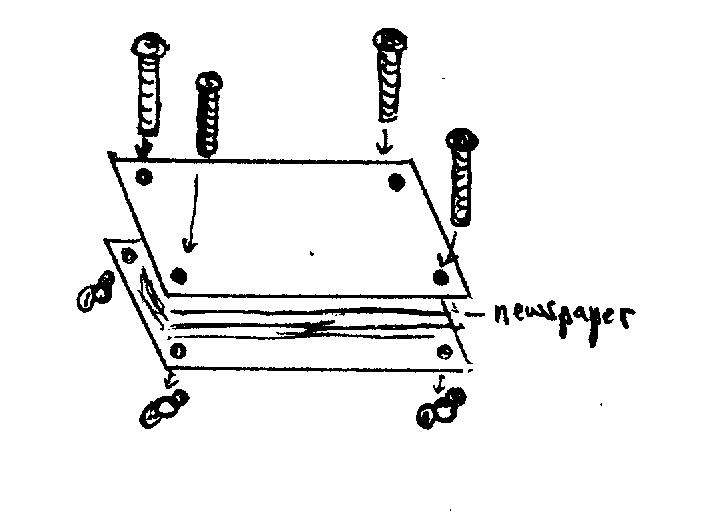
To use this press, cut pieces of newspaper to fit inside. Lay down a few thicknesses of paper on top of one board, making sure not to cover the holes, then add leaves. Add a few more papers, then more leaves. Cover the final layer of leaves with more pieces of paper, and lay the second board on top. Push the screws through the holes. Attach washers and wing nuts on the other side. Tighten evenly. Set press in a warm, dry place for one or two weeks to dry the leaves. (And save the press for springtime, when it can be used for flowers.)
12. Meteor Showers: When to See Them
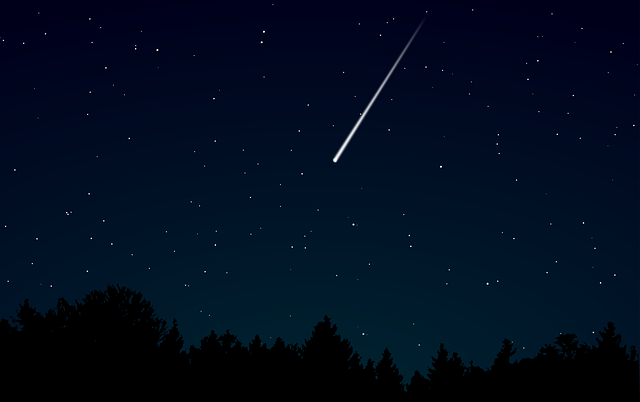
Summer is a time for hands-on learning, for getting outside and playing, working, and observing nature. In Oregon, July, August, and often September provide sunny days and clear skies at night, making it the perfect time to study the skies.
When our boys were young, we always headed outside in August to watch the Perseids meteor shower. The peak usually comes around August 11-12, so we spread old blankets out in our backyard and lay down to wait and watch. Some years we saw a lot; other times the reward was slight. And as the years passed, more houses in the area produced more light, and the meteors became harder to see.
One year soon, I hope to spend mid-August camping somewhere in the mountains or desert, where true darkness descends. But in 2022 the full moon comes August 11, and its light will overwhelm all but the largest meteors. This year I may have to wait for another meteor shower. There are many to choose from—if the Oregon skies are clear. In fact, the Delta Aquariids are peaking in late July.
Want to watch for meteors? This site lists all of the major meteor showers and tells where to look for them: https://earthsky.org/astronomy-essentials/earthskys-meteor-shower-guide/
For more information: https://solarsystem.nasa.gov/asteroids-comets-and-meteors/meteors-and-meteorites/in-depth/
13. Learning with a Camera: Ideas for Kids
| A camera can be a helpful tool to use with children. Kids can enjoy taking photographs as much as adults. We gave our six-year-old grandson a camera designed for kids, and he loves taking it on walks. He doesn’t do much with the photos yet, but perhaps as he grows… A few ways kids might use a camera: Take photos on vacation and make an illustrated vacation journal. Use pictures of extended family to create a family tree. Make a wildflower collection using photos rather than picking flowers. Or a bug collection, tree collection, etc. Make a family calendar to send to grandparents—or give to parents. Take a series of pictures that tell a story. This could be something actually happening or something the child sets up for a make-believe story. Have a nature scavenger hunt where the child takes pictures of each item, instead of collecting them. Take a walk and look for items starting with a certain letter sound. Take pictures and use them to make an alphabet book. For more ideas, search online or use your own creativity. Photographs and writing also go together. Choose a photograph—one you took, one your child took, or one you found somewhere—and have your child make up a story about it. Or do it as a family activity. The more unusual the photo, the better. (Two examples above and one below) If you have more than one child, each child could take a photo for another to write about. For more ideas, check out this great article, complete with a number of possible photo prompts: 20 Picture-Based Writing Prompts And Ideas For Kids |
14. Sock Puppets and a “Magazine”
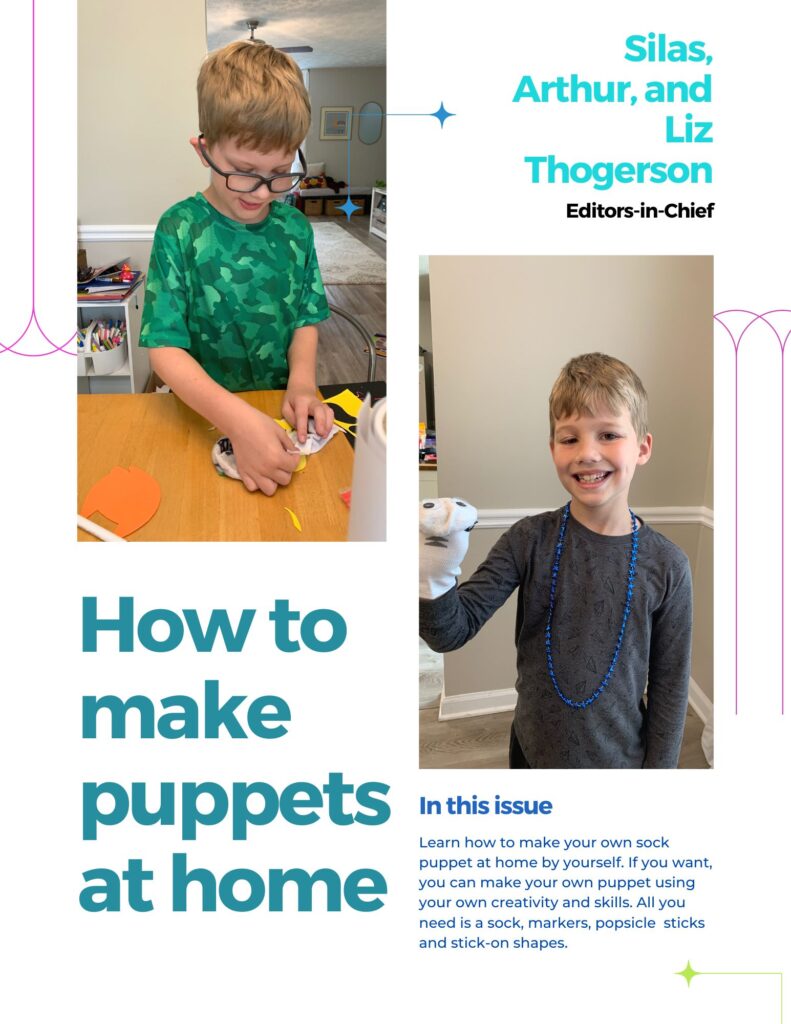
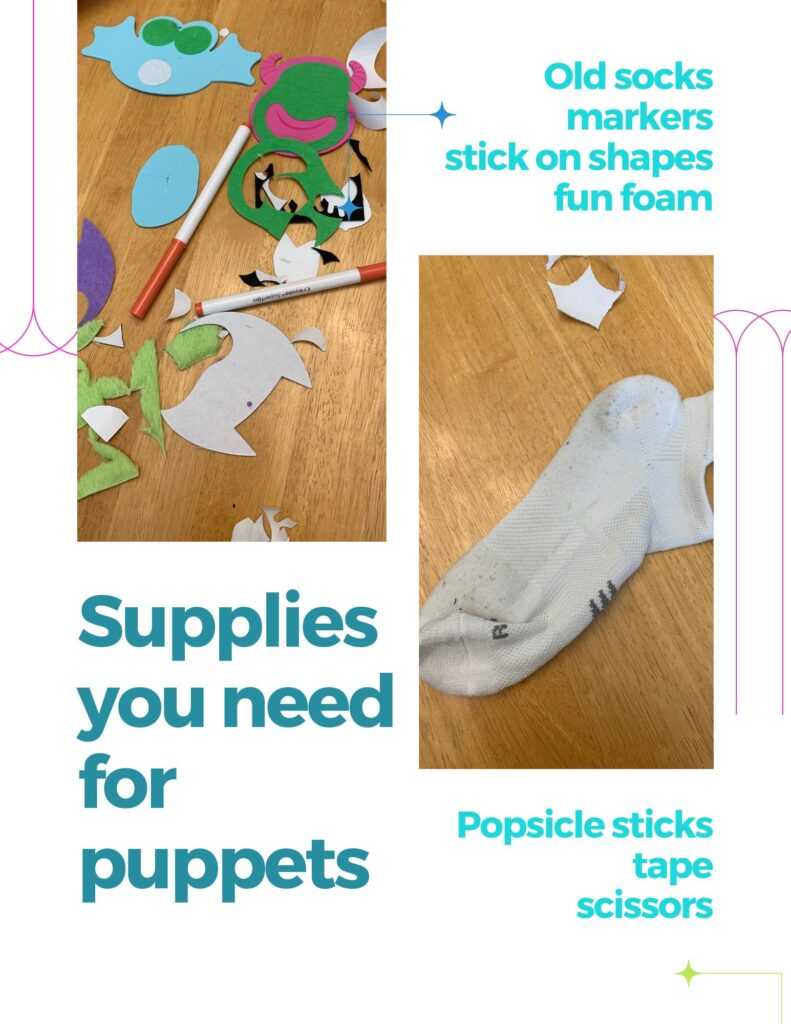
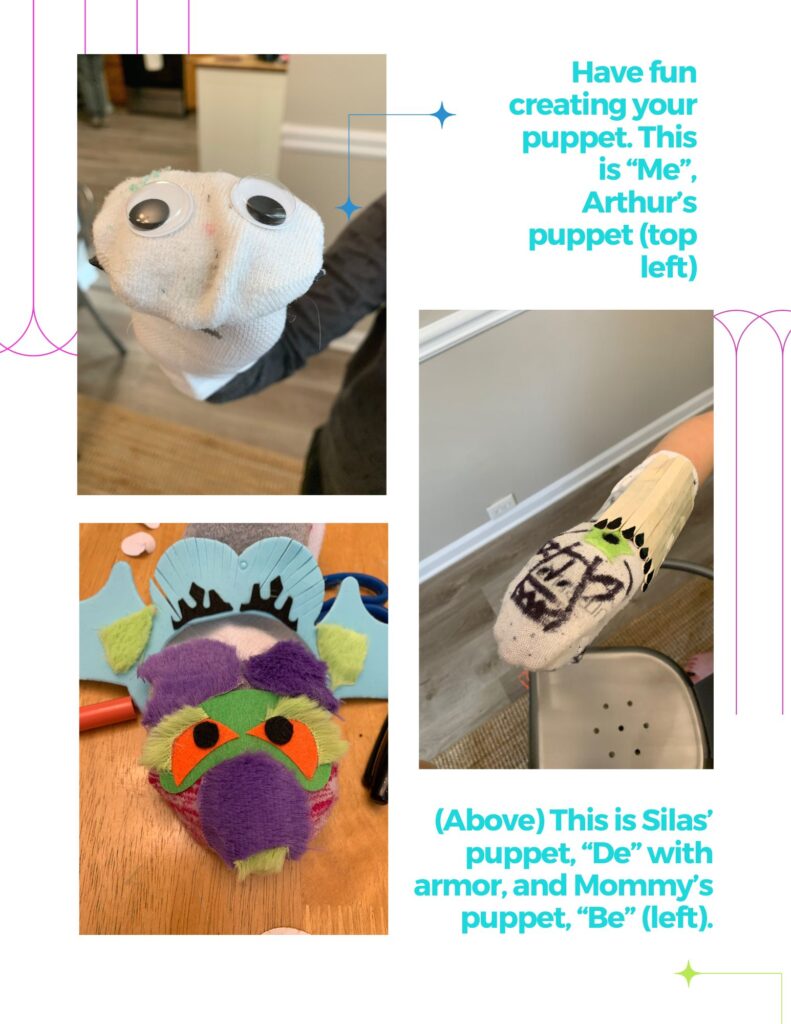
We visited our two wonderful grandsons last month, along with our son and daughter-in-law, of course. Since we live on opposite sides of the country, visits are always special. We checked out new playgrounds in the area (new to us, that is), made “treasure hunts” for the boys, and read The Lion, the Witch, and the Wardrobe to them. A very fun time!
One weekend our creative daughter-in-law came up with a fun project. She pulled out random art supplies, gave each boy a sock, and they made sock puppets. She then extended the fun to include making a house for the puppets with a box, popsicle sticks, and other supplies, and creating their own “magazine” describing the project. And, of course, there were puppet shows!
The pictures show the project, which she created on Canva.com using their free tools, including their magazine format.
What creative projects have you done with your kids or grandkids? Could you—with their help—make a magazine to demonstrate the project? Or perhaps you could make a magazine of your last vacation or top highlights of the past school year. Canva isn’t hard to learn, but you could also print out photos and do it old school with paper bound into a folder. Older kids could type the captions/instructions themselves, or younger ones (like my grandkids) could dictate what they want written. In the end, you have a special keepsake, as well as an art project.
15. Exploring Water
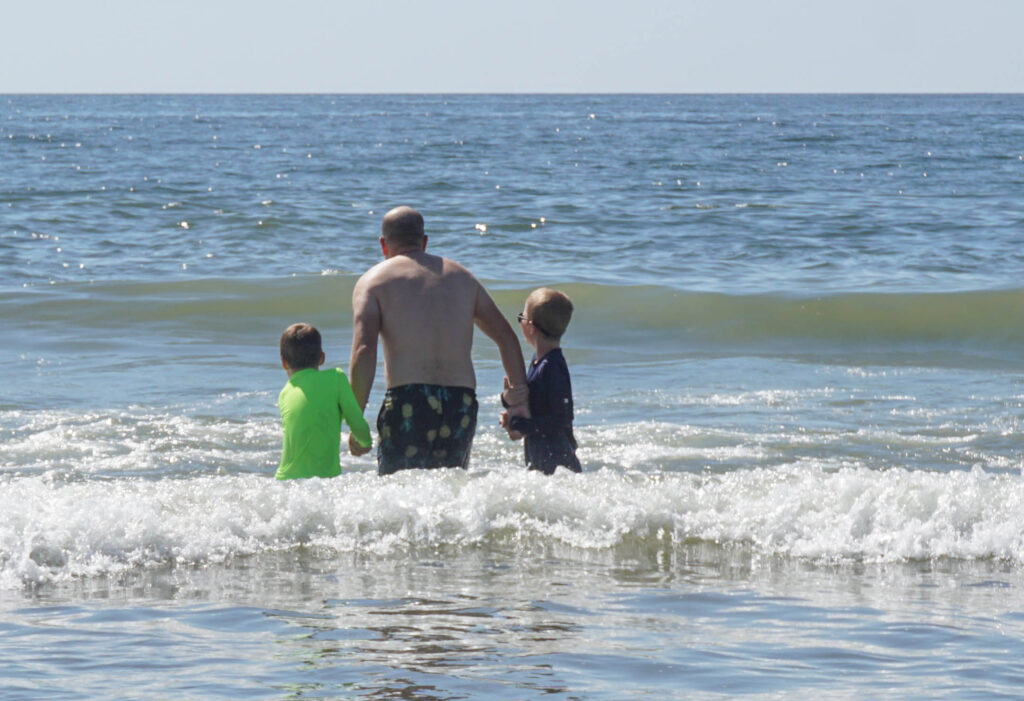
Water is such an amazing thing. It is unusual, because it can be found in nature in liquid, gas, and solid forms. Most substances only change state under extreme temperatures. Water is also different because liquid water expands when it freezes, allowing ice to float on top of water and protecting life in lakes and rivers.
Most children love water. They love to splash in puddles and wade into the cold ocean water (Well, cold on the west side of the country. Maybe not in the east.) They enjoy bubble baths and playing with boats and rubber duckies in the tub. They like to run through sprinklers or fountains. And they are curious about things that live in creeks and tide pools. Summer is a great time to explore water.
Some water exploration ideas
Explore tide pools, ponds, or creeks. See what plants and animals are present. Can you witness any interactions? Take a sample of pondwater and examine it under a microscope. Compare to river water or tap water.(Hopefully, there will be no organisms in the tap water!)
Use the bathtub to explore waves. Start a wave at one end and see what it does. Make a competing wave in another place and see what happens when they collide. Watch how a boat or rubber ducky moves on the waves—up and down, not necessarily forward. While at it, test different objects to see what floats and what doesn’t.
Test different substances to see which dissolve in water and which do not. Suggestions: salt, pepper, sugar, baking soda, sand, soil, oil, spices
Fill a plastic container half-full with water. Mark the water level with a permanent marker. Weigh the water and container. Place in freezer. When frozen, compare the level. Weigh it again. Why does the level change while the weight does not?
Fill a glass jar with water. Drop a drop of dark food coloring into the water and watch how it spreads. Try this when the water has stood for a while versus when it was just filled. Try it in cold water versus hot water. What differences do you see?
Further exploration
For other water-based explorations and printable activity books, try these sites:
https://www.steampoweredfamily.com/water-projects-for-kids/ (lots of science experiments and explorations)
https://www.science-sparks.com/challenge-and-discover-water-science/ (more science explorations)
https://oceanservice.noaa.gov/education/regional-activity-books.html (downloadable and printable ocean-related activity books for grades 3-4)
